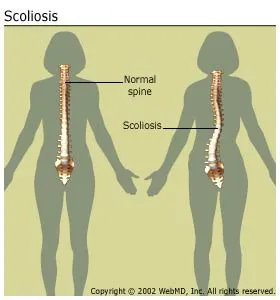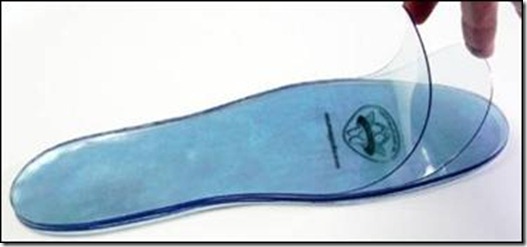 I’ve seen numerous
patients over the years that anatomically have one leg shorter than the other,
and many of them didn’t even know it until they saw their x-rays. Although a
slight difference in leg length may not seem to be a big health issue, it can certainly
be a cause of concern. If left untreated, it can even cause scoliosis.
Scoliosis is a condition in which the spine has an abnormal curve; from an
x-ray, the spine of someone with scoliosis can resemble an “S” or a “?” rather
than a straight line.[1]
I’ve seen numerous
patients over the years that anatomically have one leg shorter than the other,
and many of them didn’t even know it until they saw their x-rays. Although a
slight difference in leg length may not seem to be a big health issue, it can certainly
be a cause of concern. If left untreated, it can even cause scoliosis.
Scoliosis is a condition in which the spine has an abnormal curve; from an
x-ray, the spine of someone with scoliosis can resemble an “S” or a “?” rather
than a straight line.[1] The
importance of discovering a short leg and
beginning to treat it is especially crucial for teens who are still growing.
Even if a short leg is noticed by a young person’s doctor, often times, they
will use a “wait and see if it fixes itself” approach. This technique makes no
sense when you apply the Hueter-Volkmann Law. Let me explain what the
Hueter-Volkmann Law is. It is an orthopedic rule—a proven law, much like gravity, not a theory--regarding bone growth, which
states that “compression forces inhibit growth and tensile forces stimulate
growth.”[2]
The
importance of discovering a short leg and
beginning to treat it is especially crucial for teens who are still growing.
Even if a short leg is noticed by a young person’s doctor, often times, they
will use a “wait and see if it fixes itself” approach. This technique makes no
sense when you apply the Hueter-Volkmann Law. Let me explain what the
Hueter-Volkmann Law is. It is an orthopedic rule—a proven law, much like gravity, not a theory--regarding bone growth, which
states that “compression forces inhibit growth and tensile forces stimulate
growth.”[2]
Essentially,
this means that if you have a short leg and your body leans towards that leg,
putting more weight on it (which it will do), the problem will only be
aggravated. Rather than wait and
see if the leg grows, we must even out or even reverse the pressure by using a
foot lift, a plastic device placed in the insole of the shoe. Doing this allows
the leg to grow and catch up to the longer leg.
 |
I
have seen significant improvement in my patients’ leg lengths even within three
short months of wearing a foot lift. For individuals who are still growing,
this means that they have no more need for a lift! Unfortunately, for adults
who have reached their full growth potential, the foot lift needs to become a
permanent fixture in their footwear. This is why it’s so crucial to find a
shorter leg and act to fix it as soon as possible.

No comments:
Post a Comment